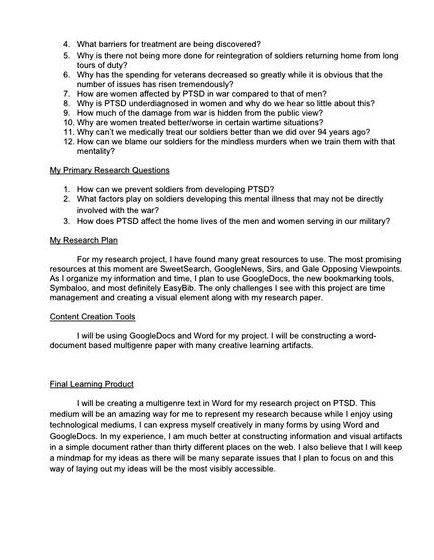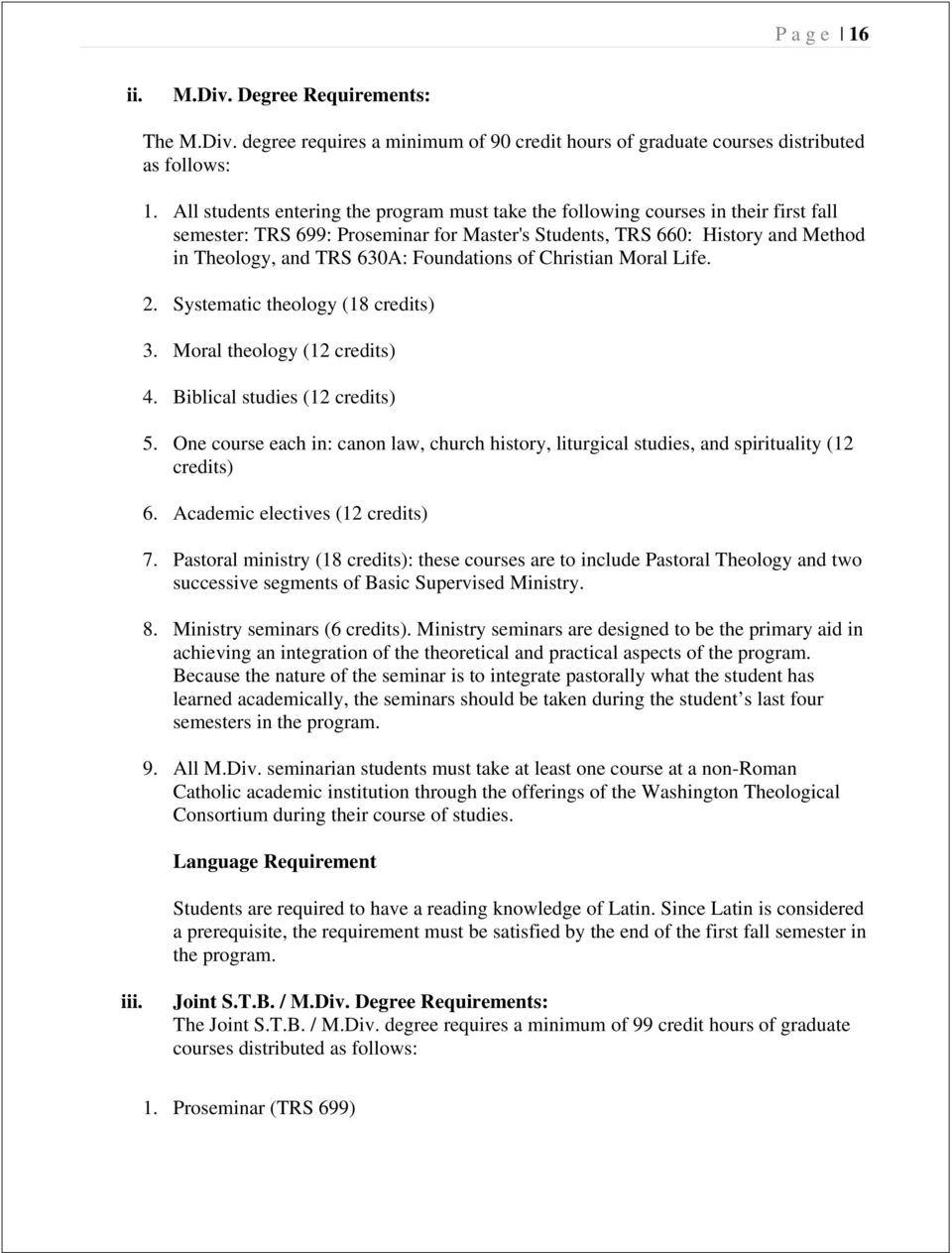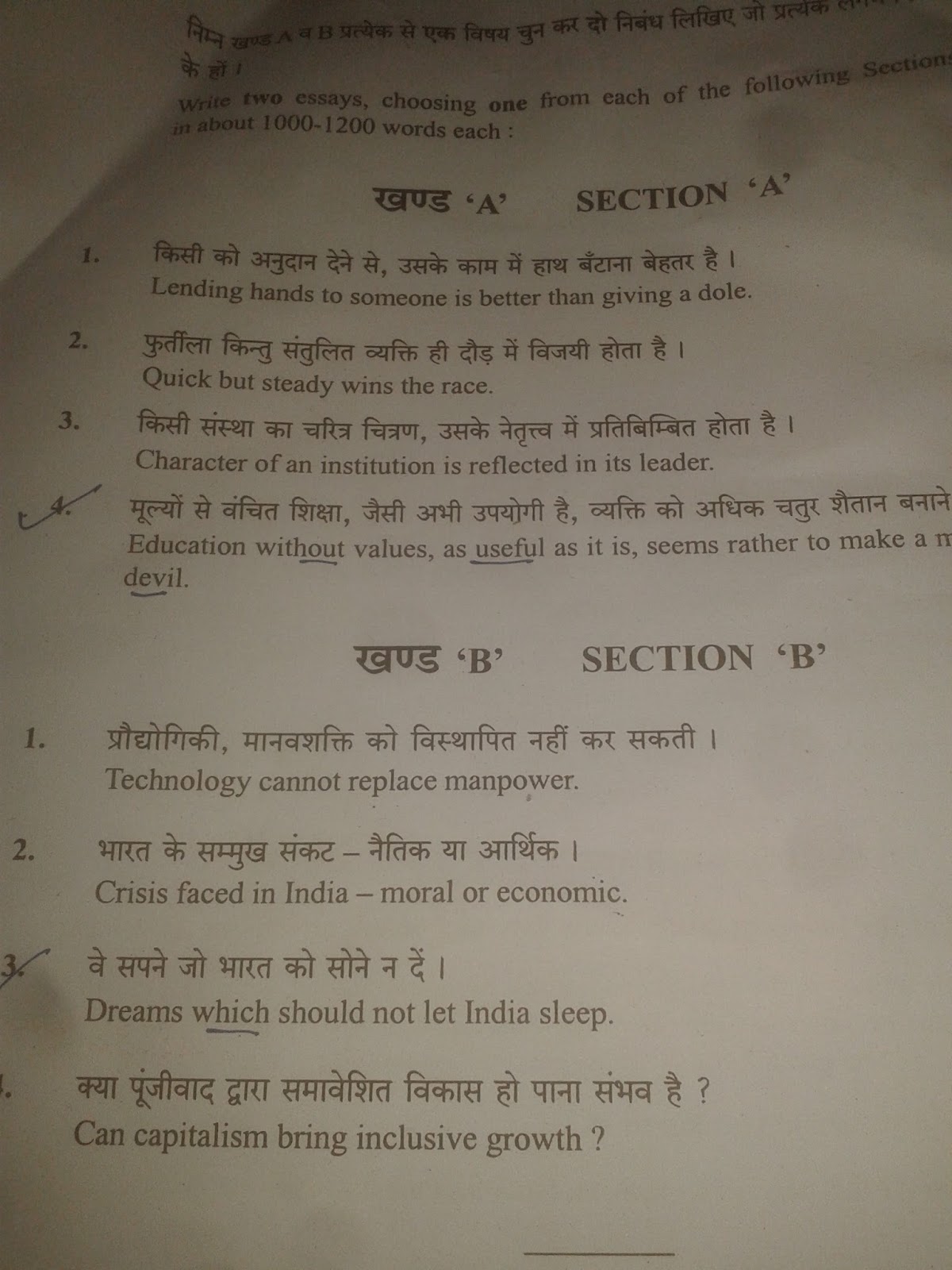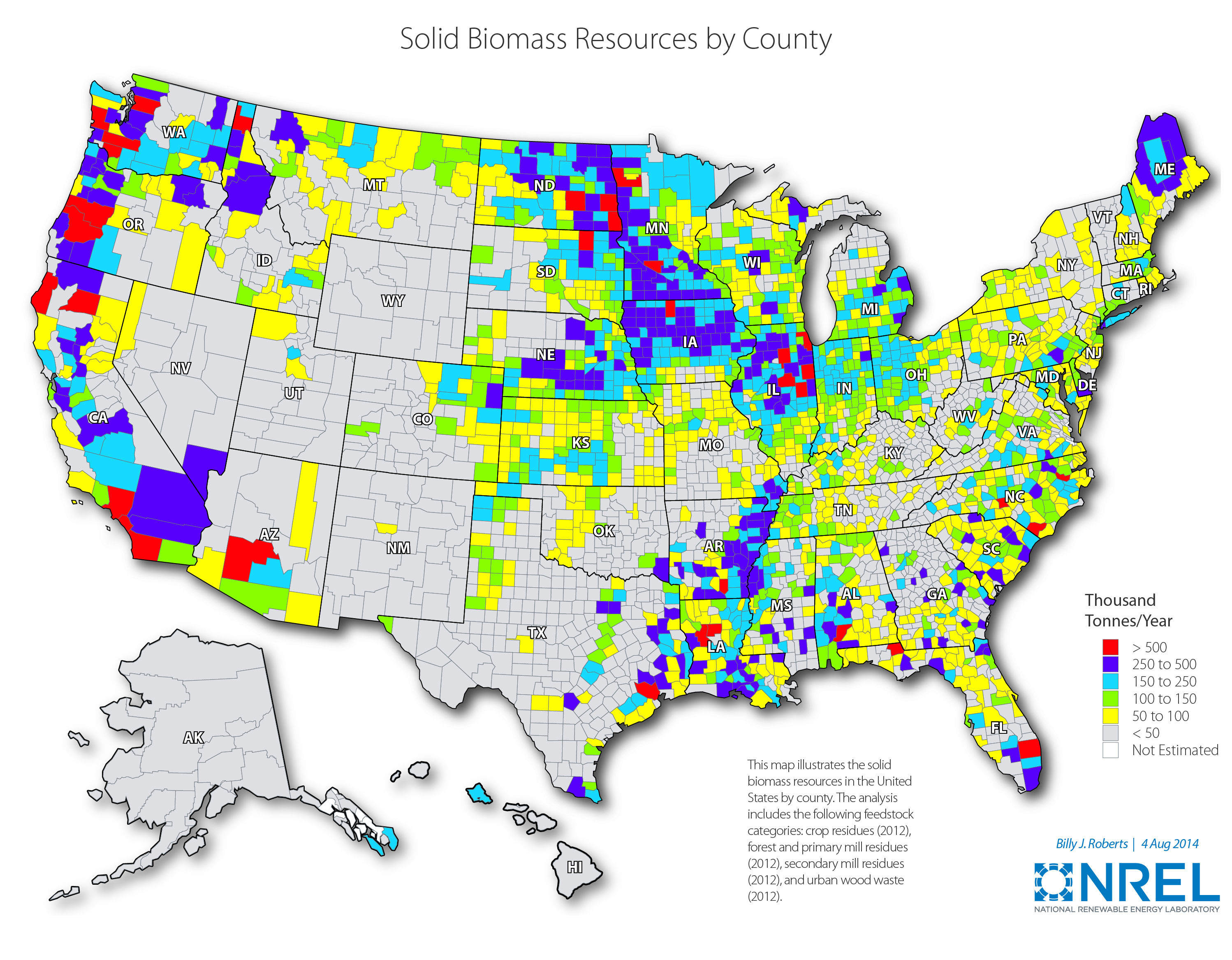Research Article Extended Mononobe-Okabe Method for.
Mononobe-Okabe equation is the modification of coulomb equation and it considers seismic forces. The latter formula used to compute lateral earth pressure acts on retaining walls but it cannot be employed to calculate internal force which backfill soil impacts on the retaining walls during earthquake.
One of famous analysis is Mononobe - Okabe analysis. This analysis is a extension of the Coulomb sliding-wedge theory taking in to account horizontal and vertical inertial forces acting on the soil. This analysis is described in detail by Seed and Whitman (1970) and Whitman and Liao (1985). Mononobe - Okabe analysis is based on few assumptions.
From Seismic Earth Pressures on Deep Building Basements by Lew, et al: If the Mononobe-Okabe analysis is used to determine the lateral seismic earth pressure, the lateral earth pressure should consist of the static active earth pressure and the seismic increment of earth pressure as discussed in the previous section.
Other posts on the site.
Seismic Earth Pressures on Conventional Retaining Walls Research on seismically induced lateral earth pressures on retaining structures has received significant attention from many researchers over the years since the pioneering work by Okabe (1926) and Mononobe and Matsuo (1929), which is popularly known as Mononobe-Okabe (M-O) method.
The geometric and mechanical similarity principle is first proposed by dimensionless analysis. The results show that the total seismic passive earth pressure increases with the algebraic value of the horizontal seismic coefficient, and that it decreases as the algebraic value of the vertical seismic coefficient increases.
Sabatini et. al. (1999) recommends the use of the pseudo-static Mononobe -Okabe equations (Okabe, 1926; Mononobe and Matsuo, 1929) to calculate earthquake induced active earth pressures acting against the back face of a tied-back wall. A seismic coefficient from between one -half to two-thirds of the peak horizontal ground acceleration (0.5 PGA to.
Seismic Active and Passive Earth Pressures on Rigid Retaining Structures by a Kinematical Approach. STRUCTURES BY A KINEMATICAL APPROACH. Abdul-Hamid Soubra. IUP GEnie Civil et Infrastructures, L.G.C.N.S.N.. The well-known Mononobe-Okabe analysis of seismic lateral earth pressures (see Mononobe and Matsuo 1929 and Okabe 1924) is a.
Mononobe-Okabe (M-O) theory was employed for different values of seismic coefficient to estimate earth pressure, force resultants in the stem wall, and stability characteristics of the abutments. Since vertical shaking was neglected in the dynamic analysis, only horizontal seismic coefficient ( k h ) was used in this analysis and the vertical seismic coefficient ( k v ) was assumed to be zero.

















